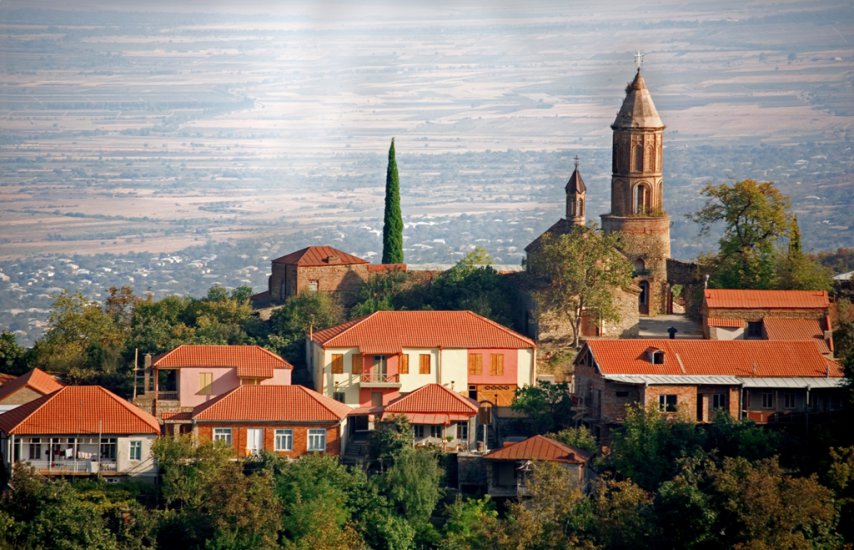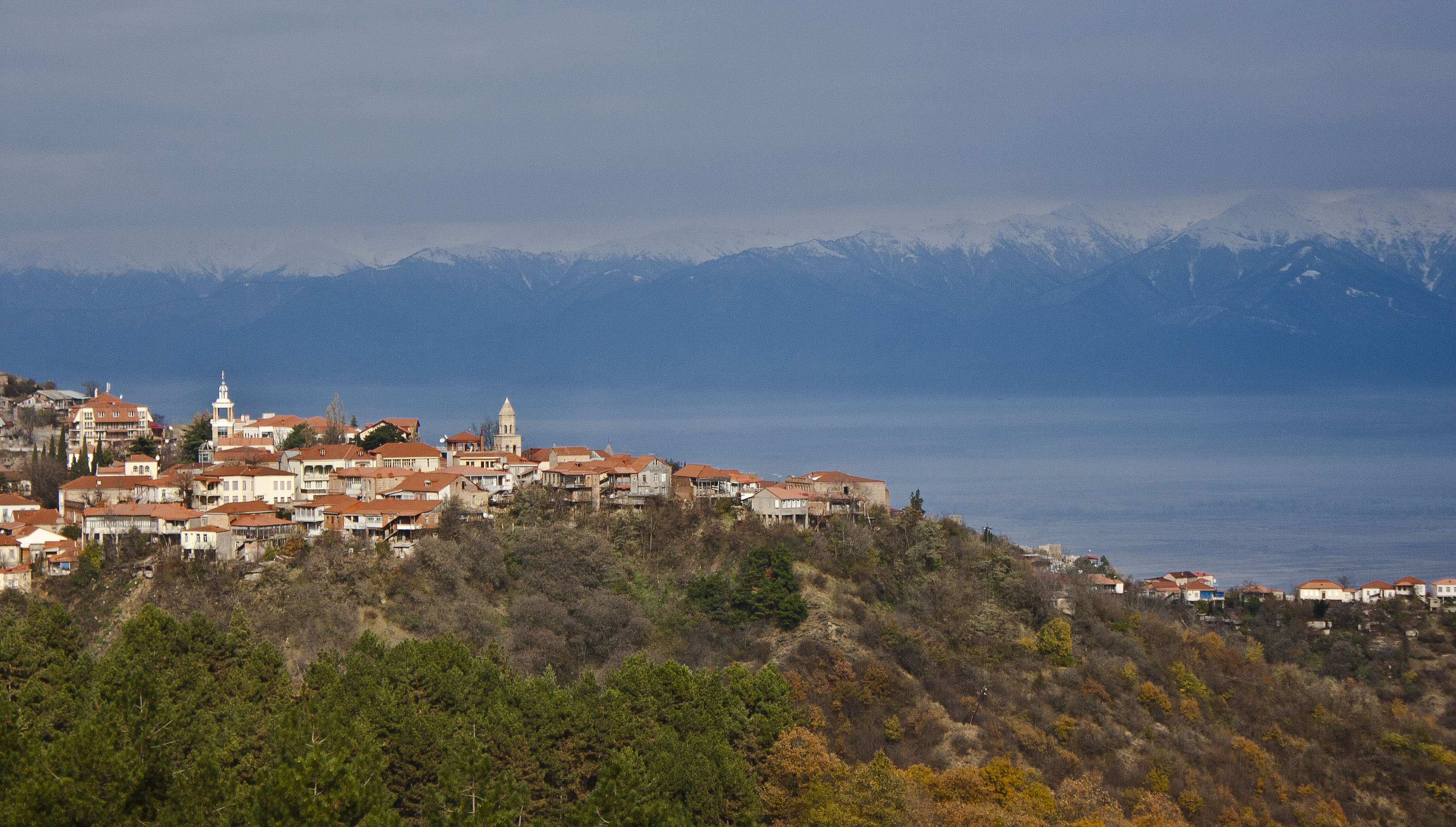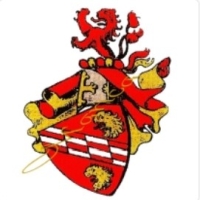![]() Objavljeno u Georgia - Socijalne interakcije i zabava - 17 Oct 2016 11:01 - 20
Objavljeno u Georgia - Socijalne interakcije i zabava - 17 Oct 2016 11:01 - 20
 Signagi is a town in Georgia's easternmost region of Kakheti and the administrative center of the Signagi Municipality. Although it is one of Georgia's smallest towns, Signagi serves as a lar tourist destination due to its location at the heart of Georgia's wine-growing regions, as well as its picturesque landscapes, pastel houses and narrow, cobblestone streets. Located on a steep hill, Signagi overlooks the vast Alazani Valley, with the Caucasus Mountains visible at a distance.
Signagi is a town in Georgia's easternmost region of Kakheti and the administrative center of the Signagi Municipality. Although it is one of Georgia's smallest towns, Signagi serves as a lar tourist destination due to its location at the heart of Georgia's wine-growing regions, as well as its picturesque landscapes, pastel houses and narrow, cobblestone streets. Located on a steep hill, Signagi overlooks the vast Alazani Valley, with the Caucasus Mountains visible at a distance.As of the 1770 census, Signagi was settled by 100 families, chiefly craftsmen and merchants. When Georgia was annexed by Imperial Russia in 1801, Signagi (Signakh) was officially granted town status and became a centre of Signakh uyezd (Russian: Сигнахский уезд) within Tiflis Governorate in 1802. In 1812, Signak joined the rebellion with the rest of Kakheti against the Russian rule. During the Caucasian War, the town "was considered an important point on account of its proximity to" Dagestan.The town quickly rose in its size and lation and became an agricultural center under the Soviet Union. The severe economic crisis in post-Soviet Georgia heavily affected the town, but a major reconstruction project recently launched by the Government of Georgia and co-funded by several international organizations intends to address an increasing tourist interest and modernize infrastructure.




Churchkhela is a traditional Georgian candle-shaped candy. The main ingredients are grape must, nuts and flour. Almonds, walnuts, hazel nuts and sometimes raisins are threaded onto a string, dipped in thickened grape juice or fruit juices and dried in the shape of a sausage.
Podrška
Kuroi KishiDaVincishavela100Omiko EjibiaKomentari (20)

no boobs no vote 


Beautiful...

v+

Nice!!v

wowo it is an excellent place.

That first picture is beautiful. I hope it is a nice place to live as it looks like in the pictures  v21+sub35
v21+sub35

The pearl of caucaus ❤

no comment..

vay a.q. cevizli sucuğu da gürcüler sahiplenmiş. Bir de dost ve müttefik olacaklar 

i rate it 5/7

WHY NOT 7/7 ? 

vote, give us more pictures 

Nice 

@Eldarion Onur abi kimsenin bir şeyi sahiplendiği yok cevizli sucuk zaten gürcülerindi bizimkiler bol şekerli yapıyor sadece ama lahmacunu ermenilere baklavayı yunana vermem 

wonderfull

nice article !

wow, very impressive. i will put this area to my travel list 

don´t worry, it would be worst... hold some money and move to brazil! run away of that ice mountain

Dobar clanak, al i kod vas ovce pod rucno pasu 



